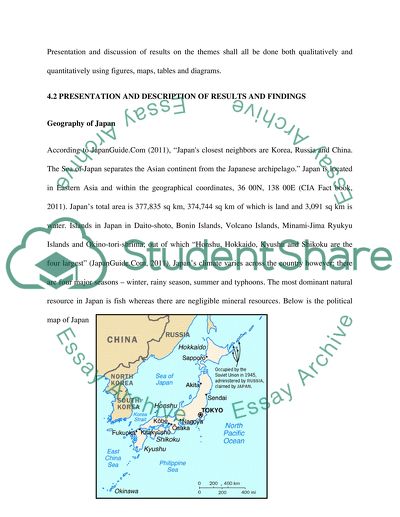Cite this document
(“RISK AND VULNERABILITY REPORT FOR JAPAN Essay Example | Topics and Well Written Essays - 2000 words”, n.d.)
Retrieved from https://studentshare.org/environmental-studies/1407201-risk-and-vulnerability-report-for-japan
Retrieved from https://studentshare.org/environmental-studies/1407201-risk-and-vulnerability-report-for-japan
(RISK AND VULNERABILITY REPORT FOR JAPAN Essay Example | Topics and Well Written Essays - 2000 Words)
https://studentshare.org/environmental-studies/1407201-risk-and-vulnerability-report-for-japan.
https://studentshare.org/environmental-studies/1407201-risk-and-vulnerability-report-for-japan.
“RISK AND VULNERABILITY REPORT FOR JAPAN Essay Example | Topics and Well Written Essays - 2000 Words”, n.d. https://studentshare.org/environmental-studies/1407201-risk-and-vulnerability-report-for-japan.


